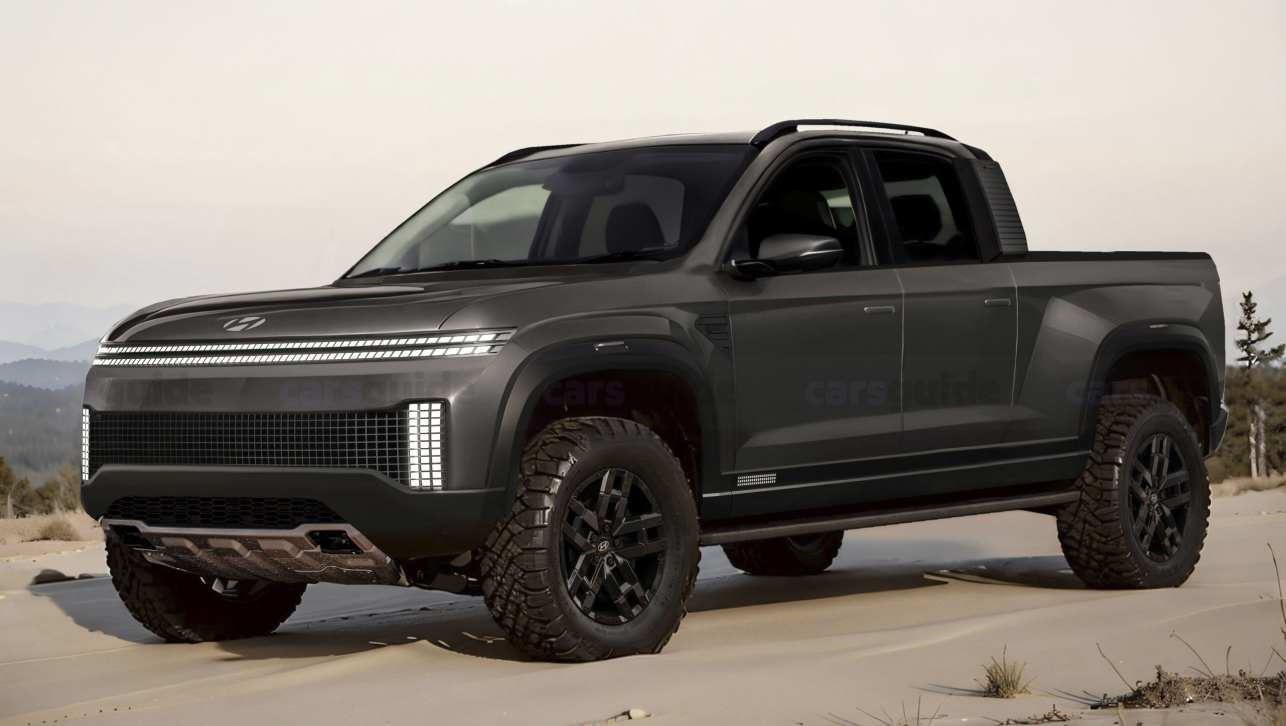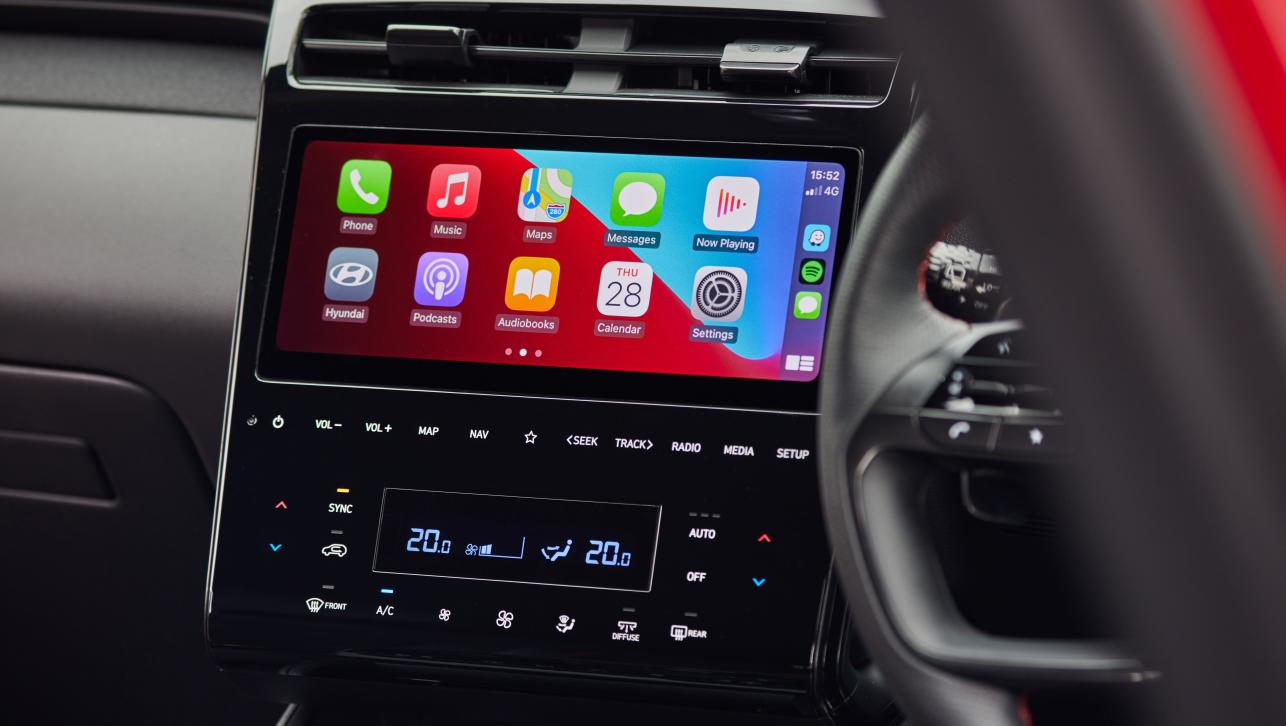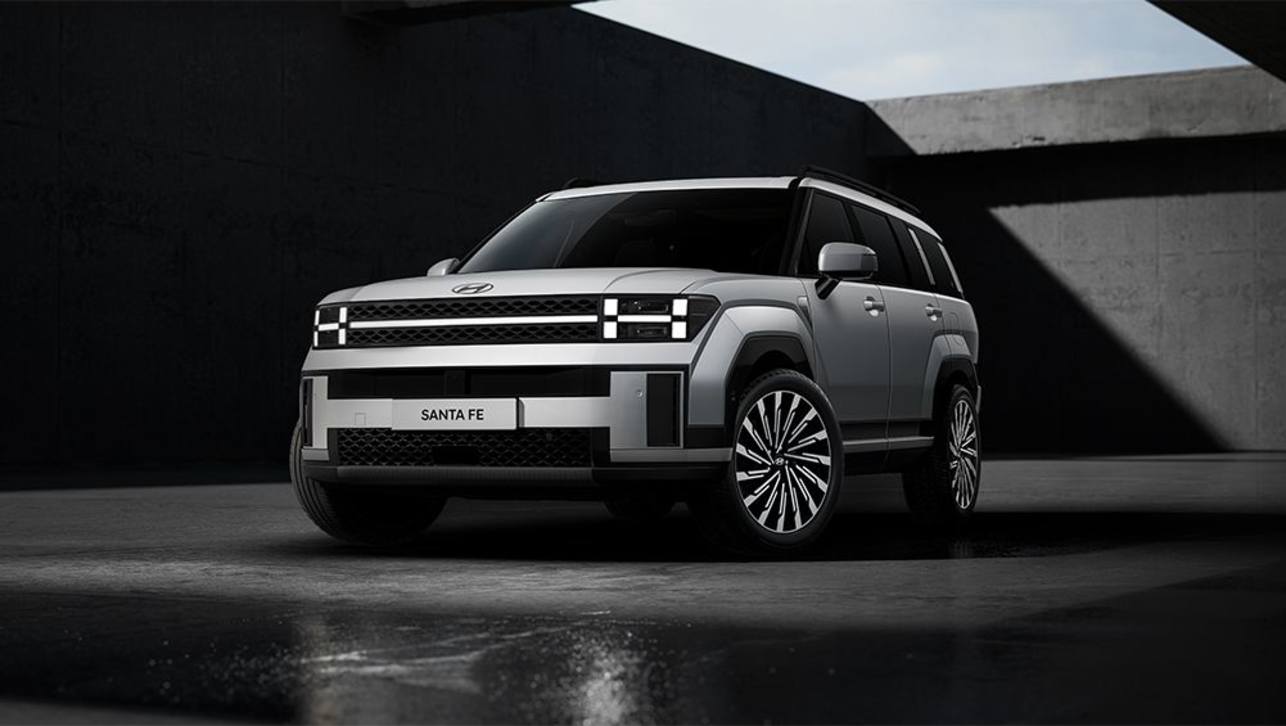Kia's diesel dual-cab ute dreams might not be over yet, despite the brand globally confirming plans for an all-electric pair of pick-ups earlier this week.
Kia and Hyundai have long flagged a proper diesel dual-cab that will take on the segment's traditional heavy hitters, like the Toyota HiLux, Ford Ranger, Nissan Navara and Mitsubishi Triton.
Originally tipped to enter the market this year or next, the ute was billed as a full offering, including a "dual-cab, single-cab...with diesel and petrol".
And the two EV pick-ups announced – one that's expected to be a full-sized model that will compete with the Ford F150 Lightning, Chevrolet Silverado EV, Rivian R1T, Tesla Cybertruck and the future RAM EV, and the other tipped to be a more compact-style ute for emerging markets – don't exactly fulfil that brief.
But does that mean diesel is done and dusted for the Kia ute? We don't think so.
Kia Australia has kept steadfastly tight-lipped on the subject, but told us recently that Europe, and its increasingly tight regulations, was so far the major driver for EV take-up. But while Europe is big on EVs, it's not so big on utes.
The more traditional dual-cab markets, however, are also still big on diesel and petrol engines.
"Look at Asia, the Middle East market, the African markets, Latin America, even Russia," Kia Australia's Chief Operating Officer, Damien Meredith, told us at the launch of the EV6 electric vehicle.
"The dominance of EVs is specifically western Europe. That's where the focus is, and the legislation is. And they’re not a pick-up market."
Is that confirmation that an ICE engine ute will follow these two Kia EVs? No, it's not. But it's also likely that an EV ute simply won't deliver the sales results both Hyundai and Kia have confirmed they would be chasing.
For Hyundai, that was around 17,000 sales per year. For Kia, it was closer to 20,000. And it's unlikely that an EV would manage to shift that many units, even adjusting for market changes by the times the electric vehicles arrive.
That and the fact that Kia has said - though not talking specifically about utes - that it expects EV take-up to reach 50 per cent of sales by 2030, but that even then petrol and diesel will play a big role.
"Australia is a big country, and there will still be a requirement for diesel, and there will still be a requirement for petrol," Mr Meredith said.
"As manufacturers start ramping up with EVs and hybrids, it make sense that the production of ICE is going to come down."
The short answer? We're not giving up hope for a proper diesel dual-cab yet. So watch this sapce.







.jpg)
.jpg)
.jpg)

.jpg)
_0.webp)
.jpg)


.jpg)

.jpg)






.jpg)




Comments